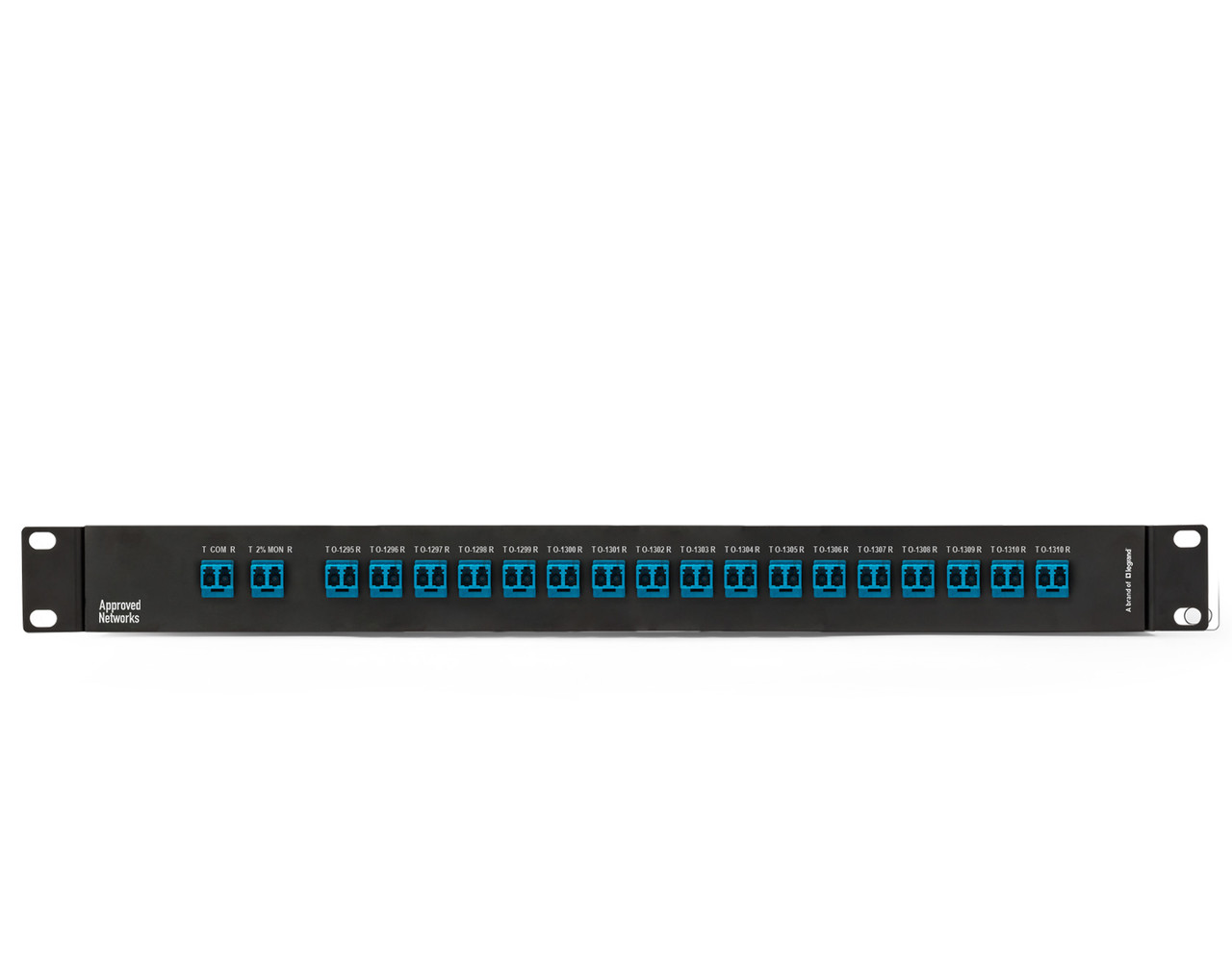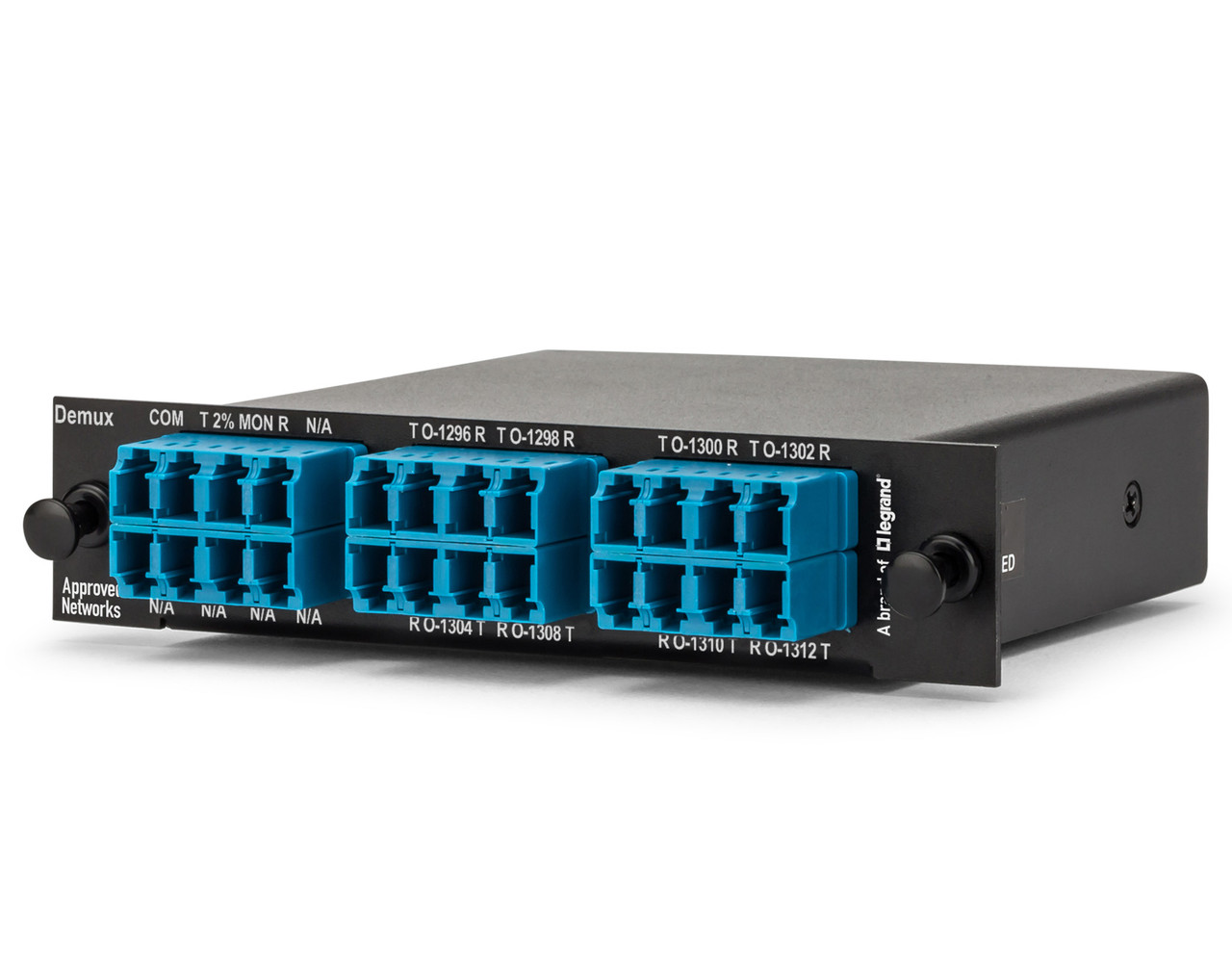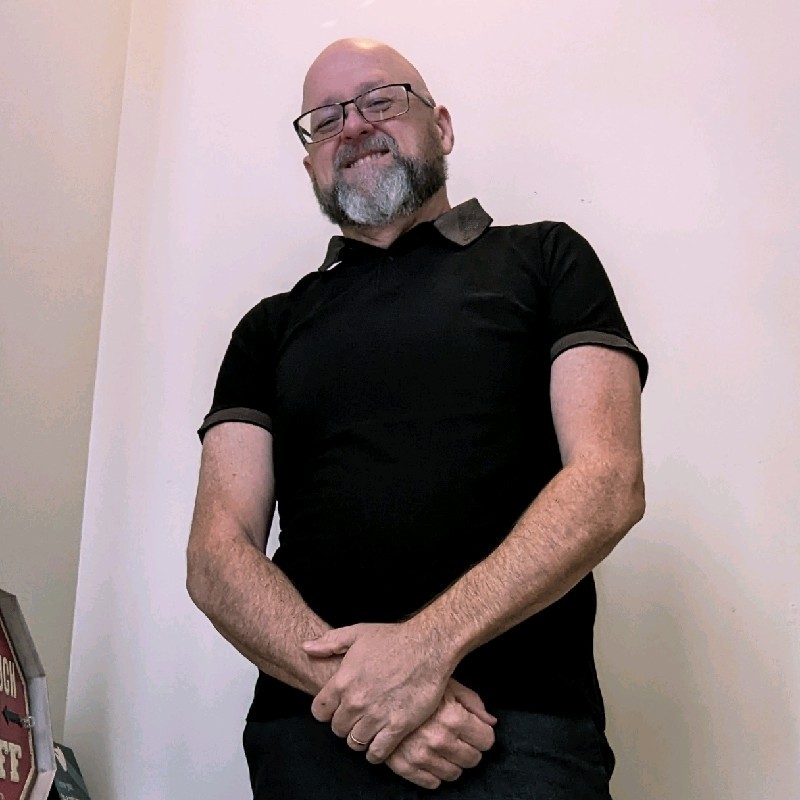There's Only One Band Like the O-band!
Posted by Larry Legg on Feb 19, 2024

2023 is close in the review mirror, and we went through many wavelengths in the optical transmission world. First, there were FWDM simple 1310/1550nm filters. Then, CWDM traversed almost the entire spectrum from 1270 to 1610nm. Next came the C-band DWDM, which we all thought was the end-all-be-all of fiber transmission. In addition, we threw in the L-band, which is a niche application. If those changes weren't enough, along comes 100G. How do we deal with 100G and its unique challenges? We used PAM4 modulation and tunable dispersion compensation for the C-band in an optical line system or CFP2 in a specialized DCO switch. The 100G Coherent QSFP28 is on the horizon, but it's not available yet. So why skip the 100G Coherent and go directly to 400G ZR+? Maybe your switch can't handle the power draw and heat dissipation, or your budget does not permit the price. What if you:
- Have a link 25km or under?
- Only need 1.6T and only have two fibers?
- Have a legacy FWDM, CWDM, or DWDM with a 1310 wideband port available where your legacy SONET gear resides?
The O-band could be the ideal option! You’re probably asking, “Why O-band?” I know that I did. O-band 100G PAM4 modulated optics have a place in the battle of the bands! Dispersion compensation modules (DCMs) or amplifiers are not required to reach 25km. Just a simple passive solution is needed, transceivers in the switch and passive MUX/DEMUX on the dark fiber or 1310 port if your loss budget is accommodating. Most 100G capable switches accommodate the QSFP28 form factor with a power draw of up to 5.5W. So, where does the O-band fit, and why should you consider it? It's a great option to consider if you have:
- A need for up to 16 100G services.
- Fiber distances under 25km.
- A switch with open QSFP ports that can handle 5.5W of power.
- Budget constraints that don't allow you to go to 400G.
- 1310 Wideband ports on your WDM passive filters.
In conclusion, there is a place for O-band DWDM solutions. It is a low-cost entry into 100G DWDM that meets your company's commitment to lower power consumption and stay "green" while maintaining a budget and scaling the network into the future.



